6 Reasons Why This Country Is The Top Destination For American Digital Nomads
7 min readLast Updated 7 months ago
Digital nomadism is taking the world by storm now that travel is easier than ever, and national governments have begun easing residence requirements for American nationals working remotely.
Nearly every single major tourist destination is now also a digital nomad hotspot.


From the Mediterranean beaches of Spain all the way to tropical Indonesia, a new generation of workers is combining both work and leisure and attaining a higher quality of life their predecessors could not have envisioned, but one country in particular is drawing in U.S. citizens the most.
The country with the second highest number of registered digital nomads in the Americas, behind only the United States, Mexico seems to be everyone’s go-to destination for both a sunny break and a long-term move.
It is the most popular digital nomad destination in Latin America, far outpacing other regional giants like Brazil and Colombia, and it’s positioning itself as one of the trendiest ‘workcation’ spots globally.
In case you have been wondering, here are 6 reasons why Mexico is so unbelievably popular among American nomads:
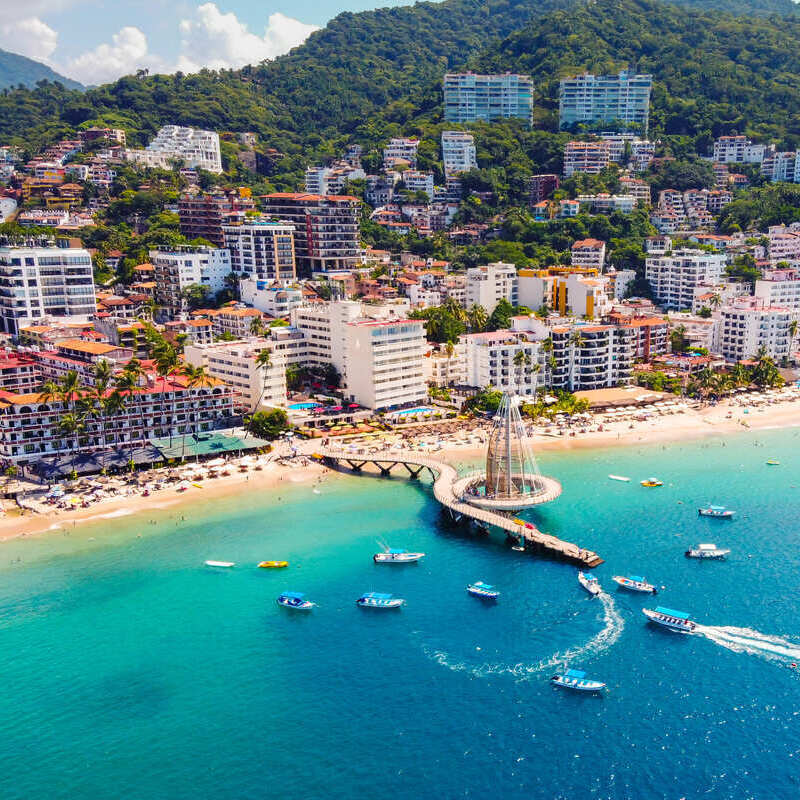

Great Weather Year-Round
Undoubtedly, one of the reasons why Americans continue flocking to Mexico, irrespective of purpose, is the great weather. While a majority of states in its Northern neighbor often face harsh winters, as it is closer to the tropics, Mexico is rarely not sunny or warm.
Particularly along the Southeastern coast, which comprises most of the Yucatan Peninsula, the climate is hot year-round, including in January, considered a ‘high season’ locally, as there is less humidity, tropical storms have long dissipated along with sargassum, and the daily average is a pleasant 79°F.
When choosing a new base away from home to work remotely, not only affordability and visa rules are taken into account, but nomads have time and again shown a preference for warm countries, where they can be closer to the seaside and surrounded by nature.
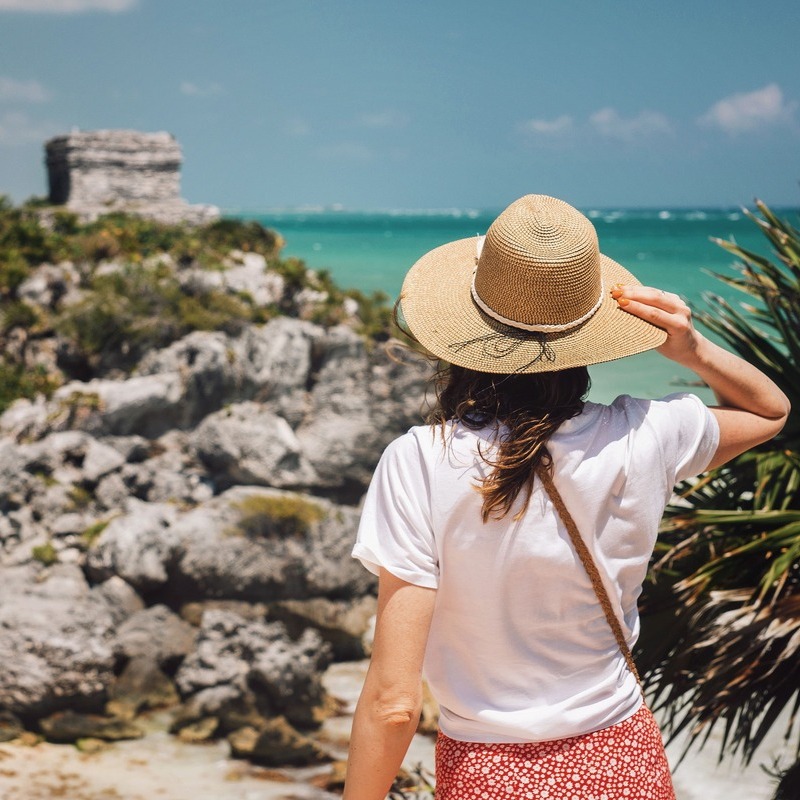

Mexico is best known for its pristine, thin white-sand Caribbean beaches, unfolding for miles on end from Cancun, verdant jungles, and relaxed atmosphere, ticking all the boxes on a digital nomad’s requirement list. It’s a no-brainer.
Geographically Close To The U.S.
Mexico is also close enough to home for those who are more cautious or too wary of making a move overseas to Europe or as far away as Asia. It is a literal neighbor of the United States, and Americans can easily – and safely – travel back home from numerous Mexican airports.
When basing themselves in the Mexican Caribbean, they have at least 38 nonstop flights departing from Cancun International, one of the largest hubs in all of Latin America, linking the region to major American state capitals, as well as smaller cities.


Cancun is probably the ‘easiest’ international destination for American nomads to get to, as their local airport, however small, is likely to have either seasonal links to the Mexican Caribbean or at least one-stop connecting flights at affordable rates.
Mexico City and Los Cabos are no exception, each boasting just as robust a connectivity with the States.
Besides the wide availability of flights, Americans seldom have to worry about conflicting time zones when scheduling Zoom meetings or taking work calls when basing themselves in Mexico, as the country is in North America, as time differences are either minimal or non-existent.
A Growing Expat Community


Americans may have a reputation for being more individualistic, but as it turns out, when picking a new international home, they tend to gravitate towards areas where there is a well-established expat community, as it can make settling a lot easier.
In Mexico, there are as many as 1.6 million U.S. citizens officially registered as residents, not to mention millions more that either ‘live’ unofficially in Mexico non-continuously through several consecutive visits, or who are yet to register with the Immigration Office.
In cities like Mexico City and Tulum, in particular, there is a booming expat community, with millions participating in Facebook groups where they are able to share experiences, give each other advice on bureaucratic procedures relating to visa applications, and check for relevant updates.
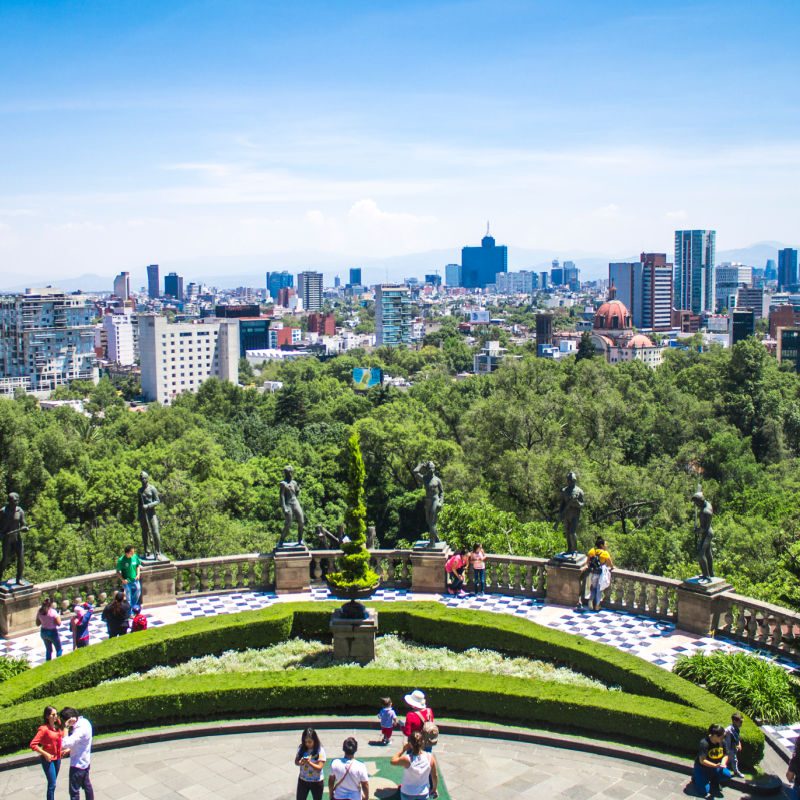

It’s much simpler for an American nomad to relocate South of the border, where the road to integration is already more ‘paved’, than in other Latin American countries where the community is not so tight-knit, information is scant, and the number of foreign residents is nearly negligible.
Digital-Nomad Friendly
Due to Mexico’s soaring popularity with digital nomads, numerous Mexican cities have been investing heavily in nomad-friendly venues and infrastructure.
Last year, Mexico City and the Baja California Sur state partnered with AirBnB to attract nomads, highlighting each destination’s cultural appeal and offer, while a number of Yucatanese tourist towns began actively encouraging longer stays.


In Tulum, for instance, the digital nomad capital of the Mexican Caribbean, American workers have a plethora of co-working offices to pick from, a booming market for long-term rentals, and community events where they can build connections.
The digital nomad demand has also pushed Mexico to be better, with AirBnB and homeowners now facing stronger competition and being more likely to address major complaints, such as low internet speed, cleanliness of rooms, and modernization of AC systems.
Mexico Is Surprisingly Safe
Contrary to popular belief, Mexico is an incredibly safe country by any global standards, including the United States’ own. According to the U.S. Department of State, a majority of Mexican states are classed as either Level 1 or 2.


This means Americans are not discouraged from visiting, or pursuing long-term stay plans across most of Mexico – more specifically, roughly 59% of the country – with the exception of 13 states where travel should either be reconsidered, or avoided.
States like Quintana Roo, where Cancun, Playa Del Carmen, and Tulum are located, Baja California Sur, home to Los Cabos and La Paz, the federal capital of Mexico City, and the Nayarit Riviera are all currently at Level 2.
This means American nomads should exercise greater caution when visiting due to crime, but this relates more to general advice than a significant threat to safety.
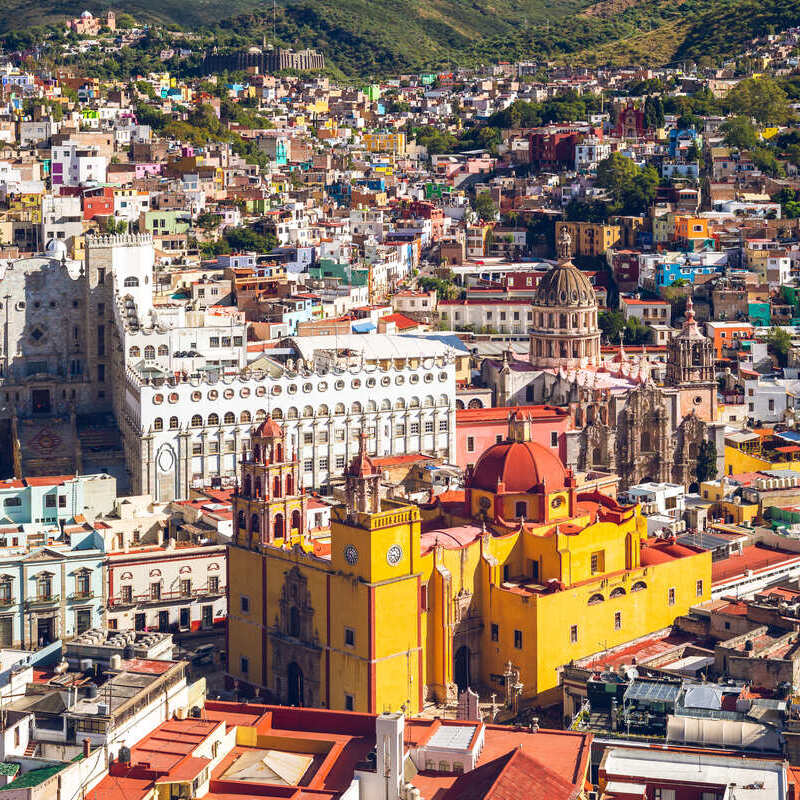

When living in Mexico, they must first adhere to local regulations, avoid suburban zones with higher crime rates that foreigners do not usually frequent, and avoid displaying unnecessary signs of wealth in public. This means keeping expensive jewelry at home, maintaining a high situational awareness when drawing money, etc.
Mexico Has Easy Entry Requirements
The sixth and final reason why American nomads favor Mexico over anywhere else is the country’s easy entry requirements.
Interestingly, Mexico does not yet have a Digital Nomad Visa (DNV), unlike Colombia, Brazil, Ecuador, or other Latin American competitors that have jumped on the bandwagon, but it does have some of the less complex entry rules among tourist destinations.
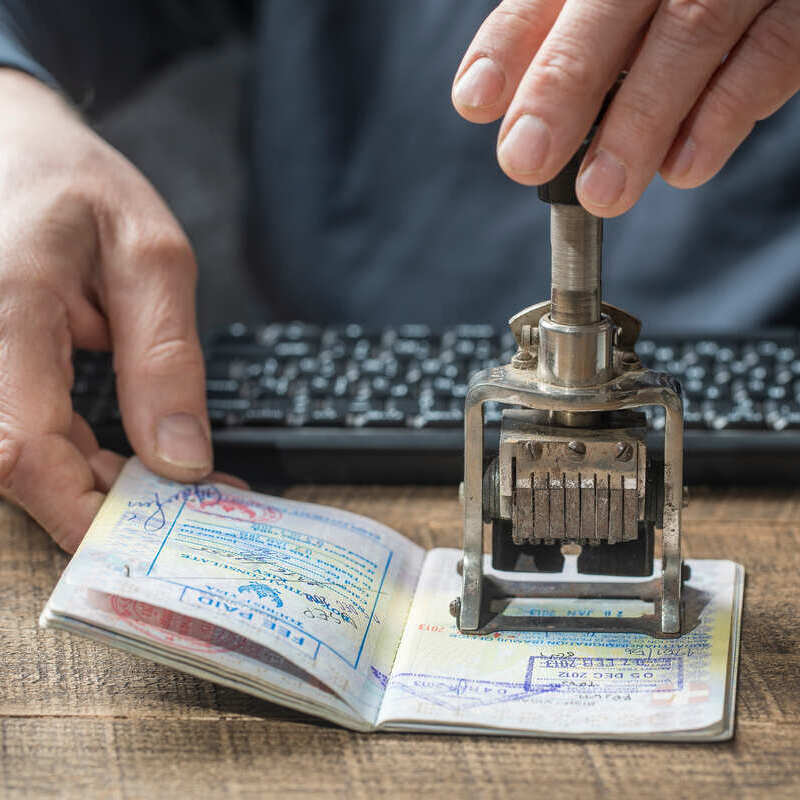

When flying to Mexico, should they fulfill simple entry criteria, which is to present a plan for leaving the country up to six months upon entry, Americans can stay for half a year without applying for any entry or residency permit in advance.
This will usually suffice for a majority of nomads, who are country hoppers at heart, and will likely not need to extend their stay in Mexico for longer than six months at a time, but those who wish to stay and make Mexico their permanent home can apply for a regular migrant visa on the basis of income.
The process is not as straightforward as simply flying into Mexico and staying six months, but a Mexican residency visa is more accessible to obtain than European resident cards or even certain DNVs in more developed countries that have set a high, at times inaccessible financial threshold for nomads.
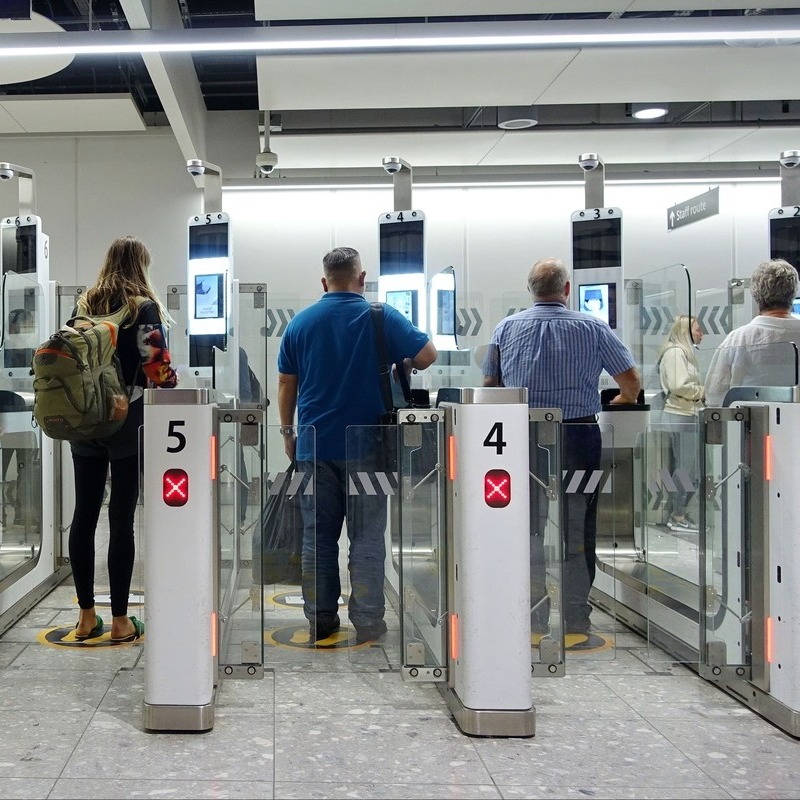

Additionally, American nomads and tourists enjoy the privilege of fast-track entry into Mexico, with a growing number of Mexican airports and entry points now allowing them to use eGates.
This means they can scan their passport and cross the border hassle-free, provided no safety alerts pop up and they have not previously overstayed their six-month permit.
In sum, Mexico is sunny, the expat community grows larger and stronger by the minute, the nomad facilities are great, most regions and major cities are safe, and it warmly welcomes foreigners for long-term stays.
It’s no surprise it puts all countries in LatAm – and many in the wider world – to shame.
↓ Elevate Your Travel↓
Sign Up Now For Travel Off Path Premium! No ads, VIP Content, Personal Travel Concierge, Huge Savings, Daily Deals, Members Forum & More!


SUBSCRIBE TO OUR LATEST POSTS
Enter your email address to subscribe to Travel Off Path’s latest breaking travel news, straight to your inbox.
This article originally appeared on TravelOffPath.com
Opinions expressed here are the author’s alone, not those of any bank, credit card issuer, hotel, airline, or other entity. This content has not been reviewed, approved or otherwise endorsed by any of the entities included within the post.


